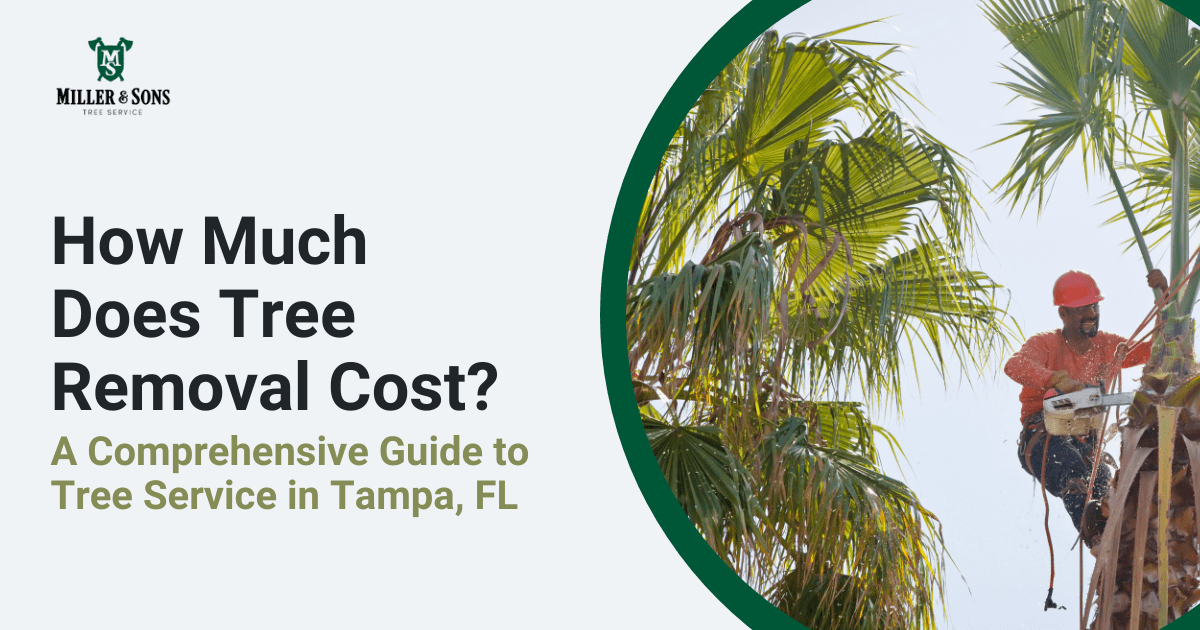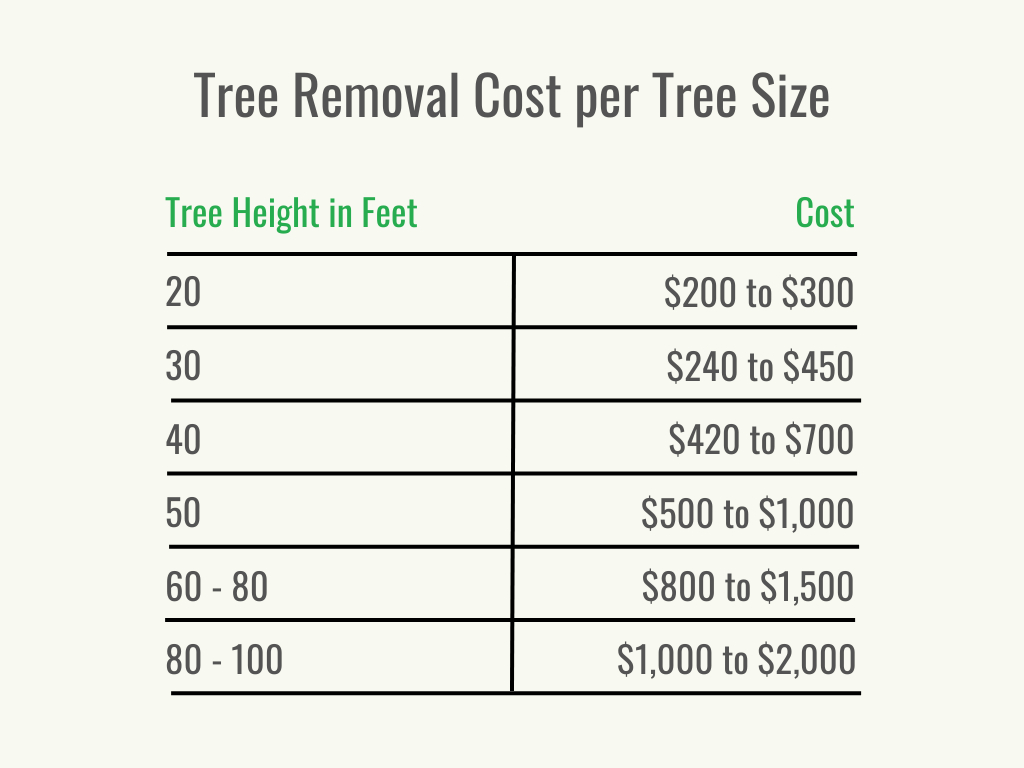Featured
Table of Contents
- – Anaheim, CA Arborist Guarantee Costs: What's I...
- – Understanding Tree Clearing Pricing In Anaheim...
- – Standard Tree Removal Packages In Anaheim, CA...
- – Local vs National Stump Removal Costs In Anah...
- – How To Save Money On A Stump Removal In Anahe...
- – Honest Tree Clearing Reviews In Anaheim, CA
- – Tree Clearing Price Comparison In Anaheim, CA
- – Top Rated Stump Removal In Anaheim, CA
- – Anaheim, CA Tree Trimming Red Flags: Pricing...
- – Anaheim, CA Tree Clearing Going Rates
- – Upfront Tree Clearing Costs In Anaheim, CA: ...
- – No-Obligation Tree Removal Quotes In Anaheim...
- – Anaheim, CA Tree Trimming Price Overview 2025
- – What Locals Pay For Arborist In Anaheim, CA
- – Used Tree Service Prices In Anaheim, CA

The subsections below offer more in-depth details about prices, including an average variety for each. TypeAverage Elimination CostPineConiferPalmMagnoliaArborvitaeAshCedarSweet GumEucalyptusSycamoreCypressOakMaplePoplar You can expect to pay between to remove a pine, depending upon its size. Removing a pine is among the more economical jobs unless it is one that has been around for many years and is rather big.
Anaheim, CA Arborist Guarantee Costs: What's Included
Pines also have a tap root that grows deep into the soil, which can prove to be harder to get rid of. The procedure itself involves a professional cutting the tree, clearing the base, cutting the surface area roots, removing the stump, and finally dealing with the soil. Without a professional hand, you risk leaving pine seedlings behind, which will fall from the roots of distressed pines.
Understanding Tree Clearing Pricing In Anaheim, CA
The U.S. national average for conifer removal is around to have the conifer cut down, carried away, and the stump ground or eliminated entirely. Conifers are generally easier to eliminate, and although they can grow quite high, they do not cost a fortune to remove. Conifers include pine, spruce, fir, and juniper trees.
Standard Tree Removal Packages In Anaheim, CA: Pricing
While conifers are lovely, they eliminate native plants and specific kinds of grass. This is since they require a lot of water and nutrients to endure, so they leach it off surrounding plants. They also have an extensive network of roots, which can impact your home's structure. The typical price of palm removal depends on the height as much as the type, varying from.
Local vs National Stump Removal Costs In Anaheim, CA
That is why it is essential to know which type you are removing. While you do not require an herbicide to kill a palm tree, there are some steps your removal specialist will need to require to ensure the job is done properly. There are 2 ways they can get rid of them: by slicing them down or digging them up.
How To Save Money On A Stump Removal In Anaheim, CA
This is because small animals like rats and scorpions typically reside in them. Plus, numerous types will have spikes, too. From there, they get rid of the real tree and then the stump. Expect to pay in between to remove this kind of tree, depending upon the specific size and details of the job.
Honest Tree Clearing Reviews In Anaheim, CA
There are 3 types: green, white, and black ash. White ash is understood for its numerous colors. With its gray-tinged bark, its leaves are green or purple in the spring and golden yellow or purplish-red in the fall. They delight in moderate environments and great deals of sun. The green ash is named such due to its green or yellow foliage.
Tree Clearing Price Comparison In Anaheim, CA

Due to the variation in height, the elimination price variance is broad from. A coniferous, evergreen tree, the cedar is a durable types.
Top Rated Stump Removal In Anaheim, CA
The growth of false cedars varies from 50 feet up to 230 feet high. With star-shaped leaves and spectacular fall colors, the sweet gum is thought about a medium to big tree.
Anaheim, CA Tree Trimming Red Flags: Pricing Edition
It has a huge root base of 40 to 50 feet, which impacts the elimination cost. Usually, it costs between to eliminate a eucalyptus. Eucalyptus are not common all over, however they are quite large compared to others, which is why even the smaller sized ones are so pricey to eliminate. Originally from Australia, eucalyptus are intrusive plants that grow in thick groves that secure native plants.
Anaheim, CA Tree Clearing Going Rates
There are a handful of ways to do this, including burning, pulling, grinding, or killing them with herbicide. Expect to pay in between to remove sycamores, based upon the height, trunk size, and amount of work included. Sycamores are among the largest wood trees, generally ranging from 60 to 100 feet high and as broad as 15 feet.
Upfront Tree Clearing Costs In Anaheim, CA: No Hidden Fees
The first 2 steps will expose the within the tree and cut off the flow of nutrients up the trunk. From there, an expert uses herbicide to kill the tree and cuts down the trunk. Then, they will kill the stump. Otherwise, new sprouts might grow from it. Cutting down and getting rid of a full-grown cypress might cost as much as.
No-Obligation Tree Removal Quotes In Anaheim, CA
There are various kinds of Cypress trees, but the most common are the Leyland, Arizona, Bald, and Italian. The Bald Cypress grows in swampy or extremely moist locations while the others enjoy a dry, warm, or hot climate (arborist). They can grow as tall as 80 to 100 feet high
Anaheim, CA Tree Trimming Price Overview 2025

Prone to diseases, the Cypress is one of the most prized woods for furniture. The average oak grows to around 60 feet, and depending on the intricacy of the elimination, it costs an average of to remove. The exact size of your oak and the effort needed to fell it affect what you will really pay for removal along with any extra services like stump grinding.
What Locals Pay For Arborist In Anaheim, CA
Access to the trees and the roots will also impact the overall cost. Maples are generally amongst the more pricey trees to get rid of due to the fact that of their size and the work included in the elimination.
Used Tree Service Prices In Anaheim, CA
Poplars are giants of the species. Growing as high as 90 to 115 feet, these enormous timbers are mainly discovered in North America and consist of the aspen, cottonwood, and balsam trees. Boasting an extensive root system, poplars can be pricey to remove when completely grown. The process to get rid of trees involves all the trimming and cutting of the branches and trunk, bringing it down to a stump.
Table of Contents
- – Anaheim, CA Arborist Guarantee Costs: What's I...
- – Understanding Tree Clearing Pricing In Anaheim...
- – Standard Tree Removal Packages In Anaheim, CA...
- – Local vs National Stump Removal Costs In Anah...
- – How To Save Money On A Stump Removal In Anahe...
- – Honest Tree Clearing Reviews In Anaheim, CA
- – Tree Clearing Price Comparison In Anaheim, CA
- – Top Rated Stump Removal In Anaheim, CA
- – Anaheim, CA Tree Trimming Red Flags: Pricing...
- – Anaheim, CA Tree Clearing Going Rates
- – Upfront Tree Clearing Costs In Anaheim, CA: ...
- – No-Obligation Tree Removal Quotes In Anaheim...
- – Anaheim, CA Tree Trimming Price Overview 2025
- – What Locals Pay For Arborist In Anaheim, CA
- – Used Tree Service Prices In Anaheim, CA
Latest Posts
Seattle, WA Tree Removal Package Prices
Honest Cloquet, MN Tree Removal Testimonials
Compare Local Tree Trimming Costs In Highgrove, CA
More
Latest Posts
Seattle, WA Tree Removal Package Prices
Honest Cloquet, MN Tree Removal Testimonials
Compare Local Tree Trimming Costs In Highgrove, CA